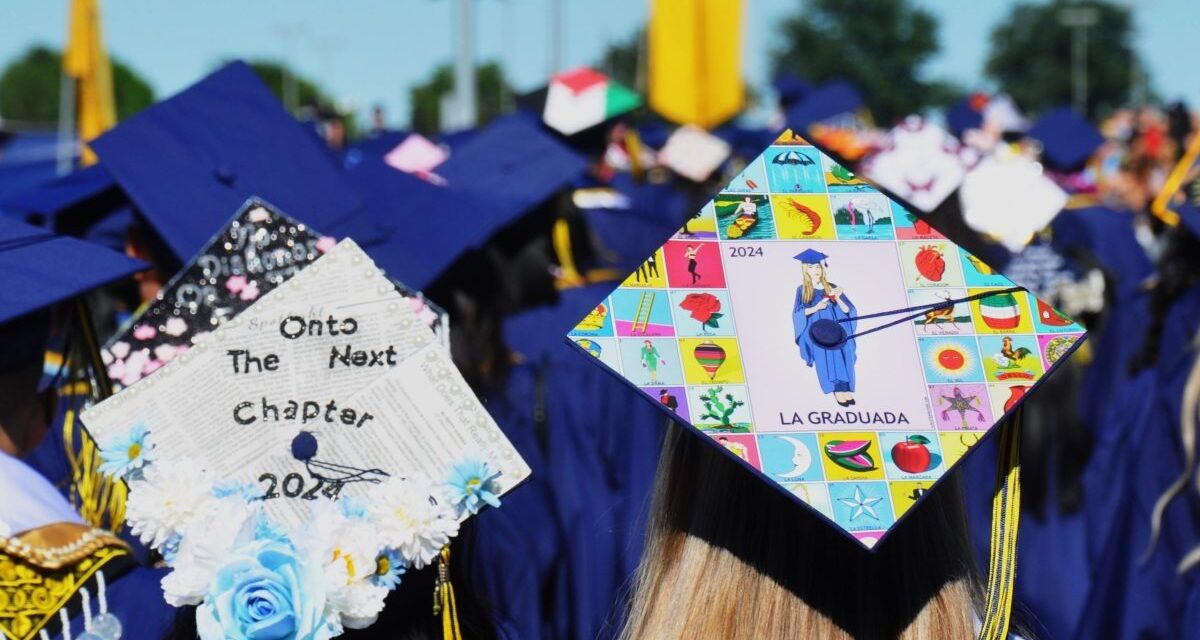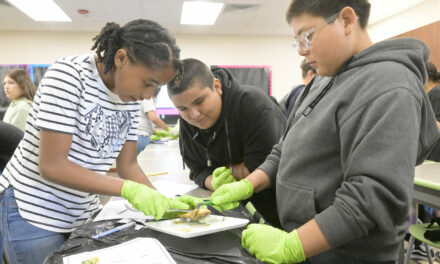By RACHEL LIVINAL
Central Valley Journalism Collaborative
A new Public Policy Institute of California study published earlier this month that examines high school and college students in the San Joaquin Valley shows college completion in the region is the worst in the state.
The report says the San Joaquin Valley is the fourth most-populated region in the state, with around 4.3 million residents, according to 2021 data. But, the Valley has the lowest share of adults ages 25 to 54 in California who have obtained at least a bachelor’s degree – at 19 percent.
The statewide average of college completion is 40 percent. The Bay Area topped the list as the region with the most college grads, at 57 percent.
Much of this low number can be attributed to the number of migrant workers entering the region according to the authors of the report, but the policy institute also found that college attendance among Valley high school students is generally low, compared to others in the state.
The study analyzed 1,000 freshmen in the Valley through their high school career, and found only 30 percent attended a four-year college. That rate fell to 26 percent when accounting for those who graduated and earned a bachelor’s degree.
The study found the Valley is also underrepresented among student populations in the California State University system, too, despite three campuses being located in the region.
And among those who attend a CSU in the Valley, there are lower rates of graduating within four and six years than the systemwide average.
The Public Policy Institute of California hosted a panel Tuesday where higher education leaders from the Valley said they are eager to make changes, and improve college attendance.
Tressa Overstreet, executive director of College and Career Readiness at Fresno Unified School District, said one solution the district is looking at involves building a data system that informs officials on potential solutions.
“Our goal is that we don’t see a disparity for a few more years,” Overstreet said. “That we see equitable access.”
Overstreet also said Fresno Unified is working on aligning A-G requirements — which are courses high schoolers need in order to be eligible for a four year university — with the requirements for graduating high school so students know they can go to college from the moment they enter 9th grade.
“We really believe that we need to spend time with our families, with our youngest students, to begin to develop that mindset that ‘I am college material,’” Overstreet said.
Getting students interested at a young age is a tactic for more than just Fresno Unified. For instance, dual enrollment, which enrolls high school students in college classes or a high school class that can earn them college credit, has increased in recent years in some districts.
Overstreet said students in her school district earned more than 12,000 college credits last year while attending high school through dual enrollment.
But some want to start getting students college ready before they enter high school. Orquidea Largo is the associate vice chancellor of educational partnerships at UC Merced.
Her department has built out several dashboards monitoring federal aid application or FAFSA completion, earlier intervention for potential at-risk students, and A-G course completion for University of California-bound students.
Largo thinks students should be thinking about college before they get to high school.
“Starting our service models in high school is already too late,” Largo said. “We need to support students’ academic preparation…. to ensure that when they start their high school experience, they are well informed about what those requirements are.”
Overall, education leaders are focusing on growing their relationships to improve student outcomes.
“Collaboration for regions like the Central Valley, the Inland Empire, the northern state, all of those sorts of things, are really essential for us to be able to come together and share with each other best practices that ultimately lift the entire region,” said Benjamin Duran, executive director of the Central Valley Higher Education Consortium.
The consortium has streamlined pathways from community colleges in the Valley to four-year universities in the region by building what they call a “Program Pathways Mapper.” The software lets students know all the classes they need to take at a community college in order to get any degree for transfer to a four-year California public university. Duran said none of this could be possible without collaboration.
Overstreet said she couldn’t wait for the Public Policy Institute of California to analyze the college attendance rates again in a few years, after some of the work they are planning now gets underway.
“We are going to go farther together than when we are in silos,” she said.



